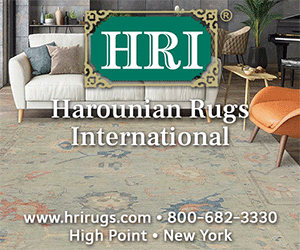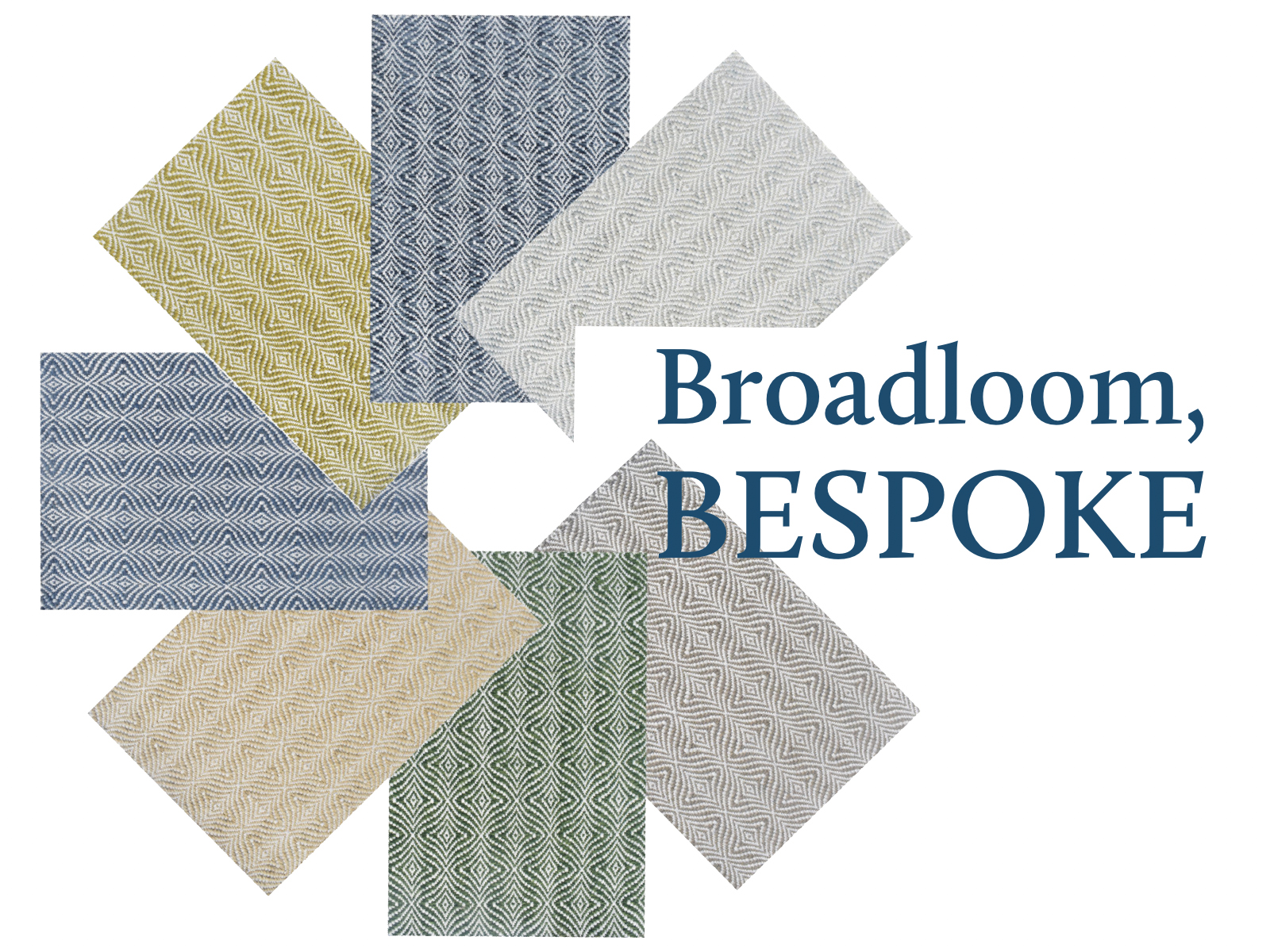From Recycled Plastic Fiber To Functional Fashionable Flooring
Area rug companies expand and elevate offerings of sustainably-made styles. Recycled plastics-made fibers are not new to the world of area rugs. For a while now, suppliers have been developing and promoting these products to promote not just for their sustainability attributes but also their inherent performance benefits—namely, extra softness and resistance to fading and staining— all of which are highly conducive to today’s family- and pet-friendly lifestyles.










